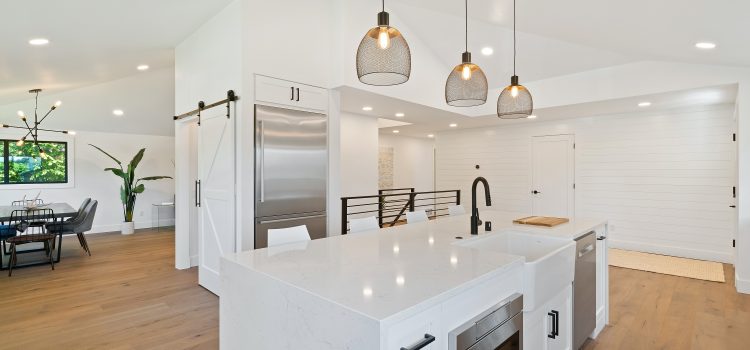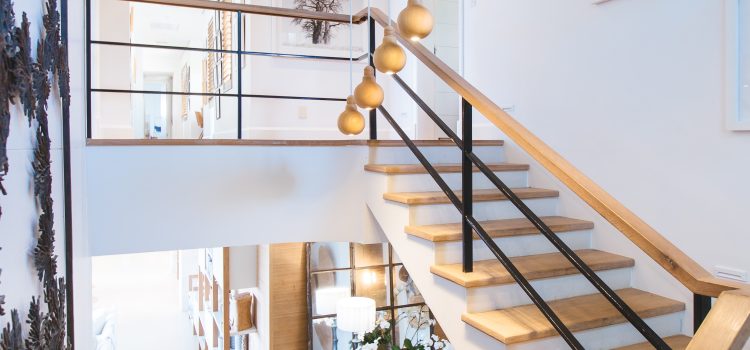
Are you looking for ways to generate passive income and build wealth? Investing in real estate may be the right choice for you. Real estate investments can range from buying a single-family home or vacation rental to investing in commercial properties and developing large apartment complexes. No matter which type of investment you choose, real estate offers great potential for long-term wealth creation. In this article, we’ll provide a beginner’s guide to investing in real estate that walks you through the basics of getting started, from understanding the different types of investments available to developing a plan for success.
What is real estate investing?
Real estate investing is the process of purchasing, owning, and managing property for the purpose of earning a return on investment. There are many different types of real estate investments, each with its own set of risks and rewards.
The most common type of real estate investment is rental property. Investors purchase a property, typically with the help of a mortgage, and then rent it out to tenants. The monthly rent payments cover the costs of ownership, including mortgage payments, taxes, insurance, and repairs and maintenance. Any remaining profit is considered the return on investment.
Another popular type of real estate investment is flipping properties. In this case, investors purchase a property with the intention of selling it for a profit after making some improvements. Flipping can be a risky investment, as there is no guarantee that the property will sell for more than was paid for it. However, experienced investors can often make a good profit by flipping properties.
There are also many other types of real estate investments, such as commercial properties, REITs (real estate investment trusts), and tax liens. Each has its own set of risks and rewards that potential investors should research before deciding if it’s the right investment for them.
Why invest in real estate?
Real estate investing is a great way to build passive income streams and secure your financial future. Here are some of the top reasons to invest in real estate:
1. Diversify Your Investments
Investing in real estate helps you diversify your investment portfolio, which can reduce your overall risk. When you have a diversified portfolio, you’re less likely to experience drastic losses if one particular asset class takes a hit.
2. Generate Passive Income
One of the biggest advantages of investing in real estate is that it can help you generate passive income. With passive income, you can earn money without having to actively work for it. This can give you more financial freedom and flexibility in your life.
3. Build Wealth Over Time
Investing in real estate is a long-term strategy that can help you build wealth over time. As your property appreciates in value, you’ll be able to equity and make a profit when you sell. Real estate investing can be a great way to grow your net worth and secure your financial future.
The different types of real estate investments
There are many different types of real estate investments out there. You can invest in residential or commercial property, or you can even invest in land. Each type of investment has its own set of risks and rewards.
Residential property includes single-family homes, apartments, condos, and townhomes. These properties are usually leased to tenants. The biggest risk with residential property is vacancy, as you may have difficulty finding tenants to fill your units. However, the rewards can be great as well, as rental income can provide a steady stream of passive income.
Commercial property includes office buildings, shopping centers, warehouses, and other types of businesses. These properties are leased to businesses, not individuals. The biggest risk with commercial property is that the tenant may default on their lease, leaving you with an empty building. However, commercial leases tend to be much longer than residential leases, so you may have more stability with this type of investment.
Land is a more speculative investment than either residential or commercial property. There are many risks associated with land investing, such as zoning changes or environmental problems. However, if you buy land in the right location and at the right price, it can appreciate in value over time and provide you with a nice profit when you sell it.
The benefits of real estate investing
There are many benefits to real estate investing, but the most popular reason is for the potential to build passive income streams. Unlike stocks and bonds, which can fluctuate wildly in value and provide no guaranteed income stream, real estate can provide a more stable investment, as well as the opportunity to generate rental income.
Income from rent is often considered passive because it doesn’t require much work on the part of the investor. Once a property is purchased and leased out, the investor can collect monthly payments without having to do any additional work. This can be a great way to generate supplemental income, especially if the investor owns multiple properties.
Another benefit of investing in real estate is that it can appreciate in value over time. This means that not only will you be generating income from rent, but your investment will also be increasing in value. This can provide you with a nice nest egg to tap into later in life or sell for a profit down the road.
The risks of real estate investing
There are several risks associated with real estate investing, including:
1. Investment Risk: The risk that the property will not appreciate in value or generate the income expected.
2. Market Risk: The risk that changes in the real estate market could negatively impact the value of the property or the income it generates.
3. Default Risk: The risk that the borrower will default on their loan and the property will be foreclosed upon.
4. Management Risk: The risk that the property will not be well-maintained and will require significant repairs, leading to lower rental income or sales proceeds.
How to get started in real estate investing
If you’re looking for a way to build passive income streams, investing in real estate may be a good option for you. Real estate investing can provide you with the potential for long-term capital appreciation, as well as rental income from tenants.
Getting started in real estate investing doesn’t have to be complicated or expensive. You can start small, with just a few thousand dollars, and grow your portfolio over time. Here are a few tips to get you started:
1. Do your research. Before you invest in any property, it’s important to do your homework and understand the market. Research the area where you’re thinking of investing, and look at comparable properties to get an idea of what they’re worth.
2. Get pre-approved for a loan. If you’re going to finance your investment property, it’s a good idea to get pre-approved for a loan before you start shopping around. This will help you know how much you can afford to spend on a property.
3. Work with a reputable real estate agent or broker. When you’re ready to start looking for properties, work with a reputable real estate agent or broker who can help you find the right investment property for your needs and budget.
4
Conclusion
Investing in real estate can be a great way to build long-term wealth. With a little bit of research and knowledge, you can easily put yourself on the path towards becoming a successful investor. From researching potential properties to understanding financing options, investing in real estate is within reach for anyone who’s willing to put the time and effort into it. If you’re looking for an opportunity to create passive income streams and potentially increase your net worth over time, investing in real estate may be right up your alley!

















